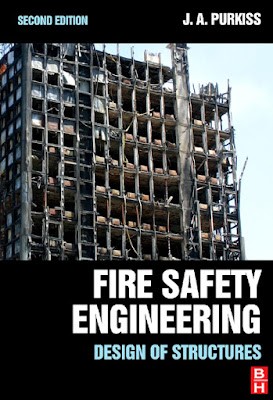Fire safety is an essential concern for all individuals, whether at home, at work, or in community areas. The devastating effects of flames can lead to loss of life, damage to property, and psychological harm. To reduce go to this site , it is vital to appreciate the value of proactive measures and readiness. These twin pillars of fire safety services serve as a foundation for shielding people and assets from the risks of fire. By cultivating a culture of protection and putting in place effective fire protection measures, we can greatly diminish the risk of fire-associated incidents.
In this article, we will examine various aspects of fire safety, including practical tips for protecting your residence and business, the importance of performing fire drills, and how to recognize frequent fire dangers. We will also talk about the necessity of smoke alarms, fire extinguishers, and fire escape plans. Additionally, we will investigate distinct considerations for multiple environments, such as workplaces, restaurants, healthcare facilities, and schools. By acquiring a comprehensive understanding of fire safety protocols, you will be more prepared to shield your safety, your family, and your local area.
Fundamental Advice for Residential and Business Fire Safety

Safeguarding your residence and office from fire hazards starts with identifying common perils and implementing proactive measures. Start by consistently checking for likely fire risks such as excessively used electrical sockets, damaged cords, and appropriate storage of combustible materials. Ensure that your heating systems are properly serviced and that any open flames, like wax candles and fireplaces, are supervised. Carrying out a thorough hazard assessment can assist in understanding vulnerabilities related to your environment.
Another critical aspect of fire prevention is the installation and upkeep of smoke alarms. Ensure Fire Safety Strategy are installed in key areas of your home, including sleeping areas and corridors. Test these alarms monthly and change the power sources at least once a year. Additionally, consider investing in https://diigo.com/0z6exo and positioning it in an readily accessible location. Acquaint yourself with its use and ensure that staff, family members, or occupants know how to use it properly.
In conclusion, developing a well-thought-out fire escape plan is vital for guaranteeing everyone's safety in case of an emergency. This plan should include clear exit routes, designated meeting points, and the assignment of roles for family members or employees. Perform regular fire drills to rehearse the plan and make adjustments as necessary. A trained team is crucial, as prompt action can significantly reduce the threats and consequences associated with fire emergencies.
Establishing Effective Fire Fire Safety Plans
Creating an efficient fire safety procedure is essential for guaranteeing the well-being of residents in both residential and business settings. The primary step involves detecting potential fire risks within the premises. Conducting a thoroughly detailed assessment will help to identify areas at increased risk, such as places of food preparation, electrical systems, and storage facilities for ignitable materials. Once these threats are identified, strategies can be formulated to lessen the risks, such as correct storage techniques and routine servicing.
Following that, creating a straightforward fire escape plan is essential. This plan should detail marked escape routes, exits, and assembly sites for everyone in the structure. It is vital to engage all occupants in this process, ensuring that they are acquainted with the exit strategies and know what to take action in case of a fire. Frequent fire exercises are a vital complement to the plan; they allow occupants to conduct their responses, helping to strengthen the procedures and enhance confidence in their ability to leave safely.
In conclusion, training all individuals on the correct use of fire safety tools is a crucial part of a complete program. Familiarity of how to use fire extinguishers, smoke alarms, and active extinguishing systems can profoundly affect the result of a fire emergency. Additionally, creating a schedule for routine checks and servicing of fire safety equipment ensures that all systems is in good condition when necessary. By incorporating these components into a fire safety program, commercial entities and households can strengthen their ability and improve overall safety.
Grasping Fire Safety Guidelines plus Adherence
Fire safety guidelines are vital for securing the protection of both people and property. These regulations, often created by bodies such as the NFPA plus the Workplace Safety Agency, provide a framework for fire safety practices that companies and property owners must adhere to. Compliance with such laws not only safeguards lives but also aids in avoiding economic damages from fires. Understanding these rules is important for any entrepreneur or homeowner looking to ensure a protected environment.
Compliance with fire safety guidelines necessitates regular inspections and assessments to identify future dangers. Entities must stay abreast on the latest requirements and protocols to ensure they satisfy lawful standards. This includes everything from having functional smoke detectors and fire suppression devices to adequately executing fire simulations and escape plans. Failure to comply can produce fines, higher insurance costs, and, key, increased dangers to protection.
Besides satisfying essential regulations, entities should also think about going beyond essential criteria. Introducing sophisticated fire prevention techniques, such as setting up fire suppression systems and executing detailed fire safety reviews, can significantly boost protection. Consistent instruction and awareness programs for workers further strengthen preparedness in the case of a fire. By prioritizing compliance and committing to proactive fire safety measures, companies can create a more secure environment for all participants.
